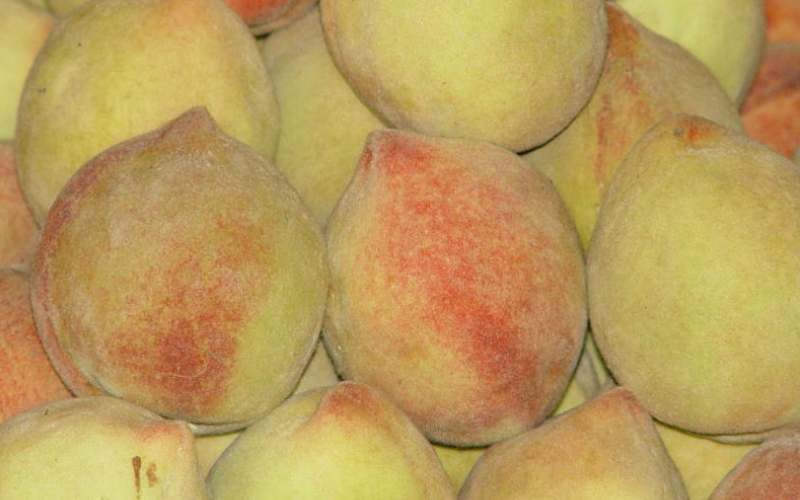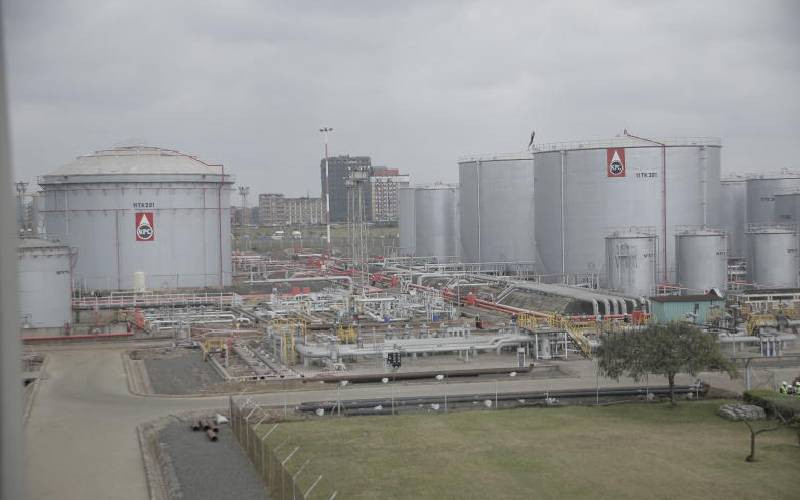×
The Standard e-Paper
Truth Without Fear

Peach is a temperate fruit tree that belongs to the family of rosaceae, same as the apple. Peaches have not penetrated the Kenyan market that well; the fruit is spotted in few high-end marketplaces.







